Portal:Japan
 The Japan Portal
Japan (Japanese: 日本, Nippon or Nihon, and formally 日本国, Nihonkoku) is an island country in East Asia. It is situated in the northwest Pacific Ocean and is bordered on the west by the Sea of Japan, extending from the Sea of Okhotsk in the north toward the East China Sea, Philippine Sea, and Taiwan in the south. Japan is a part of the Ring of Fire, and spans an archipelago of 14,125 islands, with the five main islands being Hokkaido, Honshu (the "mainland"), Shikoku, Kyushu, and Okinawa. Tokyo is the nation's capital and largest city, followed by Yokohama, Osaka, Nagoya, Sapporo, Fukuoka, Kobe, and Kyoto. Japan is the eleventh most populous country in the world, as well as one of the most densely populated. About three-fourths of the country's terrain is mountainous, concentrating its highly urbanized population on narrow coastal plains. Japan is divided into 47 administrative prefectures and eight traditional regions. The Greater Tokyo Area is the most populous metropolitan area in the world. Japan has been inhabited since the Upper Paleolithic period (30,000 BC). Between the 4th and 9th centuries, the kingdoms of Japan became unified under an emperor and the imperial court based in Heian-kyō. Beginning in the 12th century, political power was held by a series of military dictators (shōgun) and feudal lords (daimyō) and enforced by a class of warrior nobility (samurai). After a century-long period of civil war, the country was reunified in 1603 under the Tokugawa shogunate, which enacted an isolationist foreign policy. In 1854, a United States fleet forced Japan to open trade to the West, which led to the end of the shogunate and the restoration of imperial power in 1868. In the Meiji period, the Empire of Japan adopted a Western-modeled constitution and pursued a program of industrialization and modernization. Amidst a rise in militarism and overseas colonization, Japan invaded China in 1937 and entered World War II as an Axis power in 1941. After suffering defeat in the Pacific War and two atomic bombings, Japan surrendered in 1945 and came under a seven-year Allied occupation, during which it adopted a new constitution. Under the 1947 constitution, Japan has maintained a unitary parliamentary constitutional monarchy with a bicameral legislature, the National Diet. Japan is a developed country and a great power. Its economy is the world's third-largest by nominal GDP and the fourth-largest by PPP, with its per capita income ranking at 36th highest in the world. Although Japan has renounced its right to declare war, the country maintains Self-Defense Forces that rank as one of the world's strongest militaries. A global leader in the automotive, robotics and electronics industries, the country has made significant contributions to science and technology. It is part of multiple major international and intergovernmental institutions. (Full article...) Selected article – Comet Hyakutake, the Great Comet of 1996 Selected picturesOn this day...Births
In the news
Selected quote –
Selected biography –
Matsuo Bashō (松尾 芭蕉, 1644 – November 28, 1694; born Matsuo Kinsaku [松尾 金作], then Matsuo Chūemon Munefusa [松尾 忠右衛門 宗房]) was the most famous poet of the Edo period in Japan. During his lifetime, Bashō was recognized for his works in the collaborative haikai no renga form; today, after centuries of commentary, he is recognized as the greatest master of haiku (then called hokku). He is also well known for his travel essays beginning with Records of a Weather-Exposed Skeleton (1684), written after his journey west to Kyoto and Nara. Matsuo Bashō's poetry is internationally renowned, and, in Japan, many of his poems are reproduced on monuments and traditional sites. Although Bashō is famous in the West for his hokku, he himself believed his best work lay in leading and participating in renku. He is quoted as saying, "Many of my followers can write hokku as well as I can. Where I show who I really am is in linking haikai verses." Bashō was introduced to poetry at a young age, and after integrating himself into the intellectual scene of Edo (modern Tokyo) he quickly became well known throughout Japan. He made a living as a teacher; but then renounced the social, urban life of the literary circles and was inclined to wander throughout the country, heading west, east, and far into the northern wilderness to gain inspiration for his writing. His poems were influenced by his firsthand experience of the world around him, often encapsulating the feeling of a scene in a few simple elements. (Full article...)Selected prefecture –
Did you know... –
General imagesThe following are images from various Japan-related articles on Wikipedia.
Related PortalsJapan topicsSubcategoriesCategory puzzle Select [►] to view subcategories
Japan Japan-related lists Japanese culture Economy of Japan Education in Japan Environment of Japan Fugitives wanted by Japan Geography of Japan Government of Japan Health in Japan History of Japan Organizations based in Japan Japanese people Political prisoners in Japan Politics of Japan Society of Japan Images of Japan Japan stubs Recognized contentAssociated WikimediaThe following Wikimedia Foundation sister projects provide more on this subject:
Discover Wikipedia using portals
| |||||||||||||||



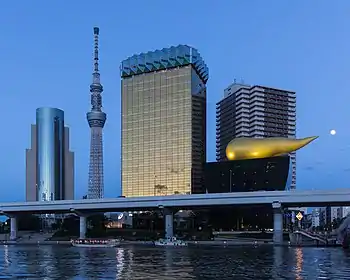
.jpg.webp)
.jpg.webp)





.jpg.webp)


.jpg.webp)
















.svg.png.webp)


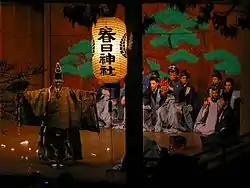












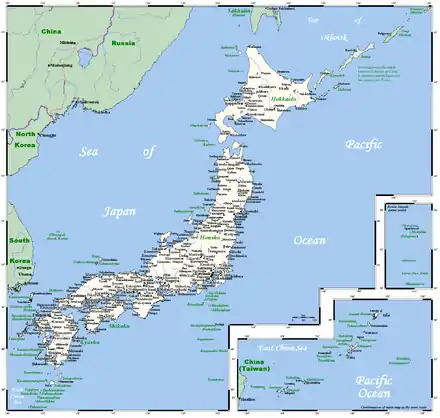







.jpg.webp)









.jpg.webp)






.jpg.webp)





















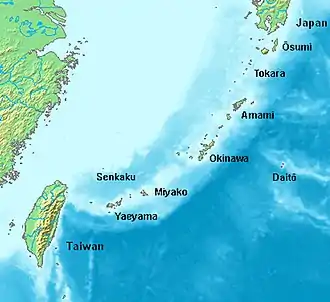












_Classic_hatchback_01.jpg.webp)

.jpg.webp)
.jpg.webp)
.jpg.webp)
.jpg.webp)
.jpg.webp)
.jpg.webp)
.jpg.webp)
.jpg.webp)
.jpg.webp)
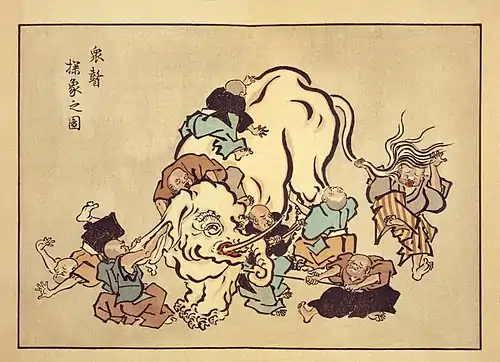

.jpg.webp)





.png.webp)

_-_left_hand_screen.jpg.webp)
_-_right_hand_screen.jpg.webp)







.jpg.webp)
.jpg.webp)
























.jpg.webp)
.jpg.webp)
.jpg.webp)
.jpg.webp)
.jpg.webp)
.jpg.webp)
.jpg.webp)
.jpg.webp)
.jpg.webp)





.jpg.webp)
.jpg.webp)
.jpg.webp)
.jpg.webp)
.jpg.webp)
.jpg.webp)

.jpg.webp)

.jpg.webp)
.jpg.webp)
.jpg.webp)
.jpg.webp)


-1_Centavo_(1942).jpg.webp)
-5_Centavos_(1942).jpg.webp)
-10_Centavos_(1942).jpg.webp)
-50_Centavos_(1942).jpg.webp)
-1_Peso_(1942).jpg.webp)
-5_Pesos_(1942).jpg.webp)
-10_Pesos_(1942).jpg.webp)
-1_Peso_(1943).jpg.webp)
-5_Pesos_(1943).jpg.webp)
-10_Pesos_(1943).jpg.webp)
-100_Pesos_(1944).jpg.webp)
-500_Pesos_(1944).jpg.webp)
-1000_Pesos_(1945).jpg.webp)


.jpg.webp)












